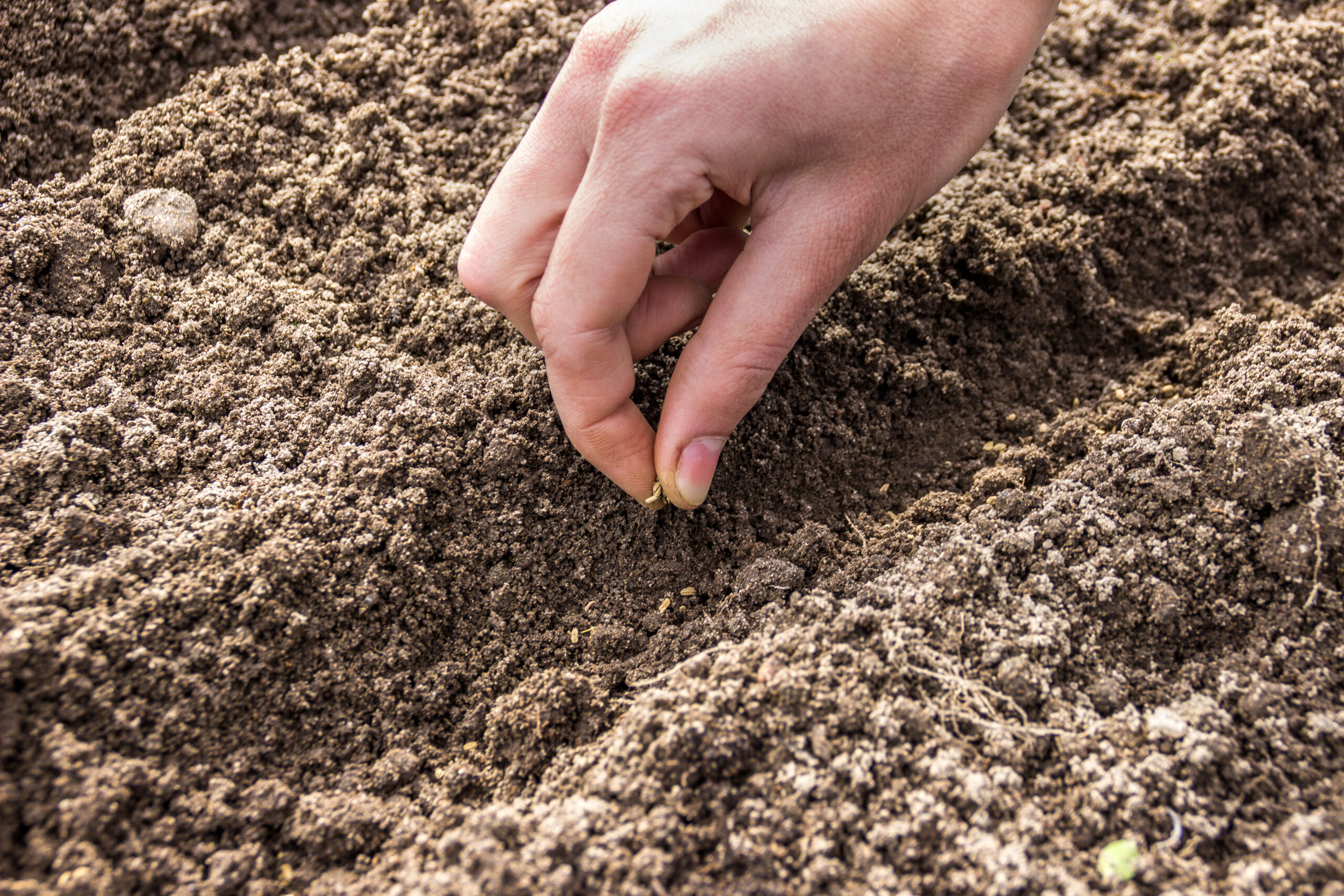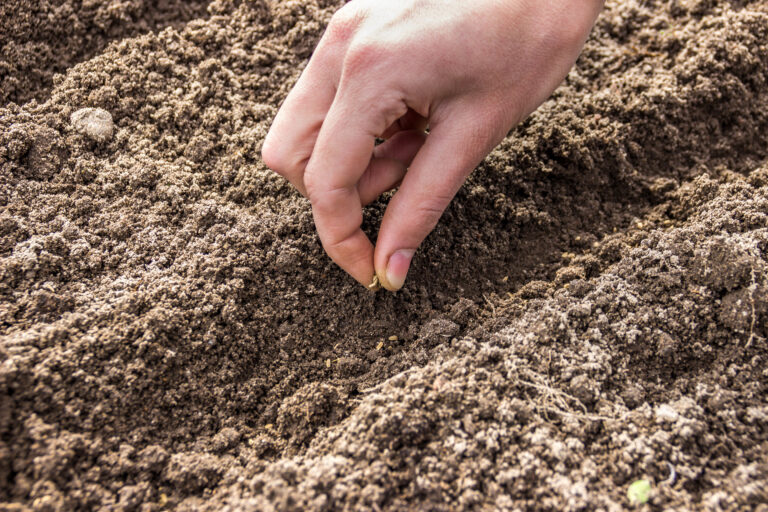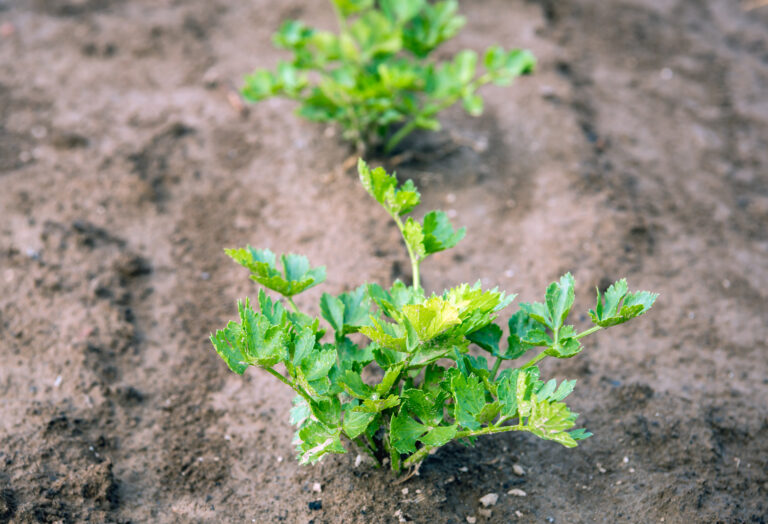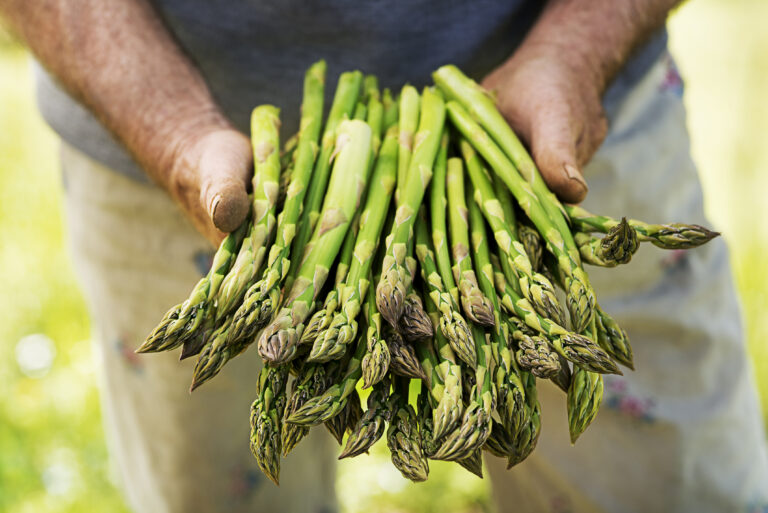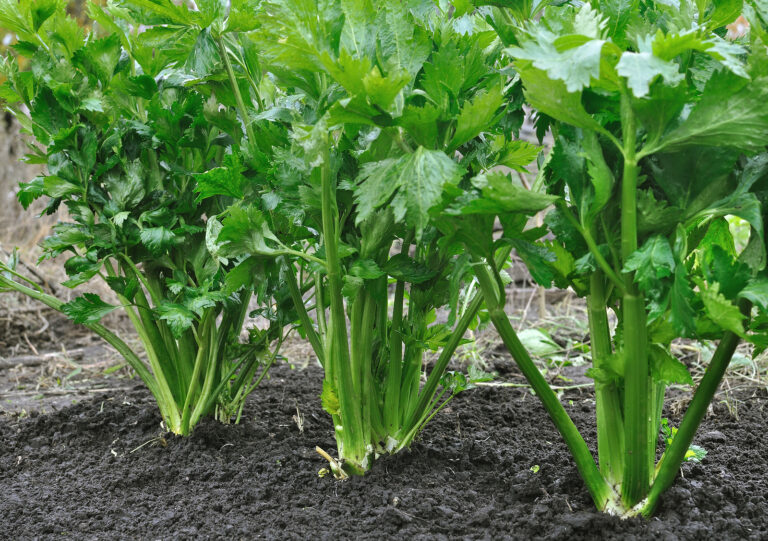Direct Sowing Celery: Outdoor Seed Starting Guide
Celery is a long-season, slow-growing vegetable that can be started directly outdoors in the right conditions. In my 30+ years of gardening in Sonoma Valley, I’ve found that careful timing, soil preparation, and consistent care are essential for successful outdoor celery seed starting. While many gardeners prefer indoor seed starting, direct sowing can save space and reduce transplant shock if done properly. In this guide, I’ll walk you step by step through the process to grow healthy, flavorful celery from seed outdoors.
When to Direct Sow Celery Outdoors
- Celery seeds germinate best in cool, consistent temperatures (60–70°F).
- In most USDA zones, direct sow early spring as soon as the soil can be worked.
- In milder climates, a late summer sowing can produce a fall or winter harvest.
Preparing the Soil
- Choose a sunny location with well-draining, fertile soil.
- Incorporate compost or aged manure to enrich the soil.
- Work the soil to a fine tilth to ensure even seed-to-soil contact.
Sowing Celery Seeds Outdoors
- Row Spacing: Space rows 12–18 inches apart.
- Seed Depth: Sow seeds ¼ inch deep in shallow furrows or trenches.
- Seed Spacing: Thin seedlings to 6–8 inches apart once they reach 2–3 inches tall.
- Watering: Keep soil evenly moist, as celery seeds are slow to germinate.
Tip: Cover rows lightly with fine compost or vermiculite to retain moisture.
Caring for Outdoor Seedlings
- Mulch lightly to conserve moisture and suppress weeds.
- Fertilize with a balanced organic fertilizer every 3–4 weeks.
- Watch for aphids, slugs, and leaf miners; remove pests naturally when possible.
- Provide consistent watering, especially during hot or dry spells, to prevent stringy, bitter stalks.
Thinning and Transplanting
- When seedlings reach 2–3 inches, thin to 6–8 inches apart for optimal growth.
- You can transplant thinned seedlings to other areas if desired.
- Avoid disturbing roots excessively to prevent stunted growth.
My Experience Tip
I’ve found that direct sowing celery works best in raised beds with consistent moisture and compost-rich soil. Seeds germinate slowly, often taking 2–3 weeks, so patience is key.
Final Thoughts
Direct sowing celery outdoors can produce strong, healthy plants with minimal transplant shock. With proper soil preparation, consistent watering, and pest monitoring, gardeners can enjoy crisp, flavorful celery straight from the garden.
Direct Sowing Celery: Outdoor Seed Starting Timeline
| Stage | Action | Timing / Notes |
|---|---|---|
| Soil Preparation | Work soil to a fine tilth; add compost | 1–2 weeks before sowing |
| Sowing Seeds | Sow seeds ¼ inch deep in rows | Early spring or late summer depending on zone |
| Initial Watering | Keep soil evenly moist | Daily if needed; cover lightly with compost or vermiculite |
| Germination | Monitor seedling emergence | 2–3 weeks; thin rows lightly if crowded |
| Thinning Seedlings | Thin to 6–8 inches apart | When seedlings are 2–3 inches tall |
| Fertilizing | Apply balanced organic fertilizer | Every 3–4 weeks during growth |
| Pest Monitoring | Check for aphids, slugs, leaf miners | Weekly |
| Mulching | Light mulch to conserve moisture | After seedlings emerge |
| Harvest Prep | Continue watering and feeding; optional blanching | When stalks reach desired size (8–12 inches) |
Celery Growing Hub
Start here: The Ultimate Celery Growing Guide: From Seed to Harvest
Celery Basics & Types
- Types of Celery Explained: Pascal, Leaf, and Celeriac Compared
- Best Celery Varieties for Home Gardeners
- Celery vs. Celeriac: Growing, Harvesting, and Cooking Differences
- What You Should Know About Celery Pollination
Planting & Site Prep
- When to Plant Celery by USDA Zone
- Celery Seed Starting Tips
- Direct Sowing Celery: Outdoor Seed Starting Guide
- Proper Celery Spacing and Planting Layout for Healthy Growth
- The Best Companion Plants for Celery and What to Avoid
- How to Grow Celery in Containers or Pots
Care & Maintenance
- How to Water Celery for Crisp, Tender Stalks
- Fertilizing Celery: Feeding Tips for Bigger, Tastier Stalks
- Celery Blanching Techniques: How to Get Tender, Mild Stalks
- Celery Care Throughout the Growing Season
Pests & Diseases
- Common Celery Pests and Diseases How to Control Them Naturally
- Celery Growing Problems: Troubleshooting
Harvest & Beyond

